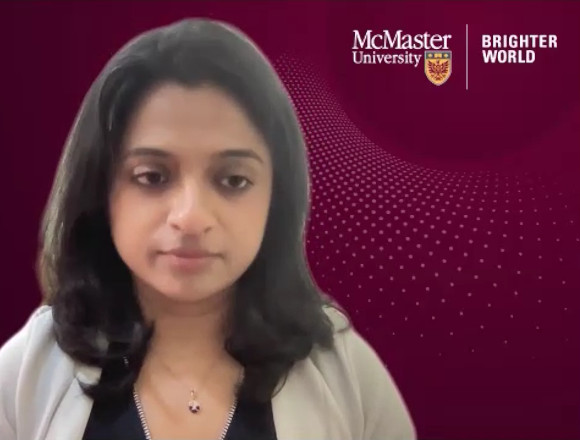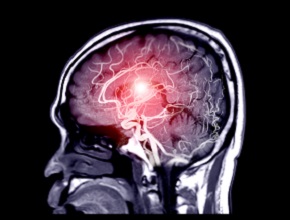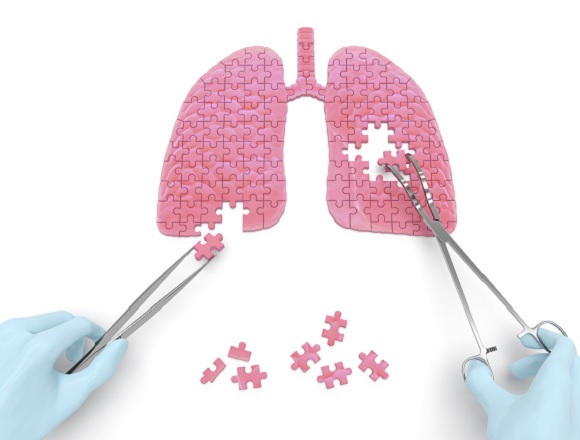Estimated global proportions of individuals with long COVID
Background: The proportion of patients who develop long coronavirus disease (long COVID), defined by persistent symptoms after initial symptomatic severe acute respiratory syndrome coronavirus 2 (SARS-CoV-2) infection, is uncertain.
Methods: In this analysis data were gathered from 54 studies (44 published) and 2 medical record databases that involved patients with symptomatic COVID-19; the period of data collection was from March 2020 to January 2022. The patient data were obtained from 44 published studies (10,501 and 42,891 hospitalized and nonhospitalized patients, respectively), 10 nonpublished collaborating cohort studies (10,526 and 1906 patients), and 2 United States–based electronic medical record databases (250,928 and 846,046 patients).
The study outcome was the proportion of patients with ≥1 of 3 self-reported long COVID symptom clusters occurring 3 months after COVID-19 in 2020 and 2021: (a) persistent fatigue with bodily pain or mood swings, (b) cognitive problems, or (c) ongoing respiratory problems. This proportion was estimated separately for hospitalized and nonhospitalized patients aged ≥20 years by sex and for both sexes of nonhospitalized patients aged <20 years.
Results: In total, 1.2 million patients of various age, both men and women, with symptomatic COVID-19 were included. In the modeled estimates (adjusting for health status before COVID-19), 6.2% (95% uncertainty interval [UI], 2.4-13.3) of patients had ≥1 of 3 long COVID symptom clusters (some had >1 cluster). This included 3.2% (95% UI, 0.6-10.0) having persistent fatigue with bodily pain or mood swings, 2.2% (95% UI, 0.3-7.6) having cognitive problems, and 3.7% (95% UI, 0.9-9.6) having ongoing respiratory problems. In the age group ≥20 years, long COVID symptoms were more common in women than in men (10.6% vs 5.4%). In both sexes aged <20 years, 2.8% (95% UI, 0.9-7.0) of patients were affected.
The mean duration of long COVID symptoms was 9 months (95% UI, 7.0-12.0) in hospitalized patients and 4 months (95% UI, 3.6-4.6) in nonhospitalized patients. Among those with long COVID symptoms 3 months after infection, 15.1% (95% UI, 10.3-21.1) continued to have symptoms at 12 months.
McMaster editors’ commentary: The incidence of long COVID symptom clusters, although relatively low in absolute terms (6%), represents a considerable burden of morbidity given the high prevalence of COVID-19. Rates of long COVID should also be considered in the context of rates of other postinfection syndromes centered around fatigue, which occur after mononucleosis, dengue, influenza A (H1N1), SARS-CoV-1, Ebola, and nonviral infections (Lyme disease, Q fever, giardiasis). Knowledge on long COVID is evolving; the risk of developing long COVID after symptomatic COVID-19 appears to be lower in patients who are vaccinated and in those infected with the Omicron rather than Delta variant. In the present study, patient vaccination status and virus type causing infection were not reported.
 English
English
 Español
Español
 українська
українська











